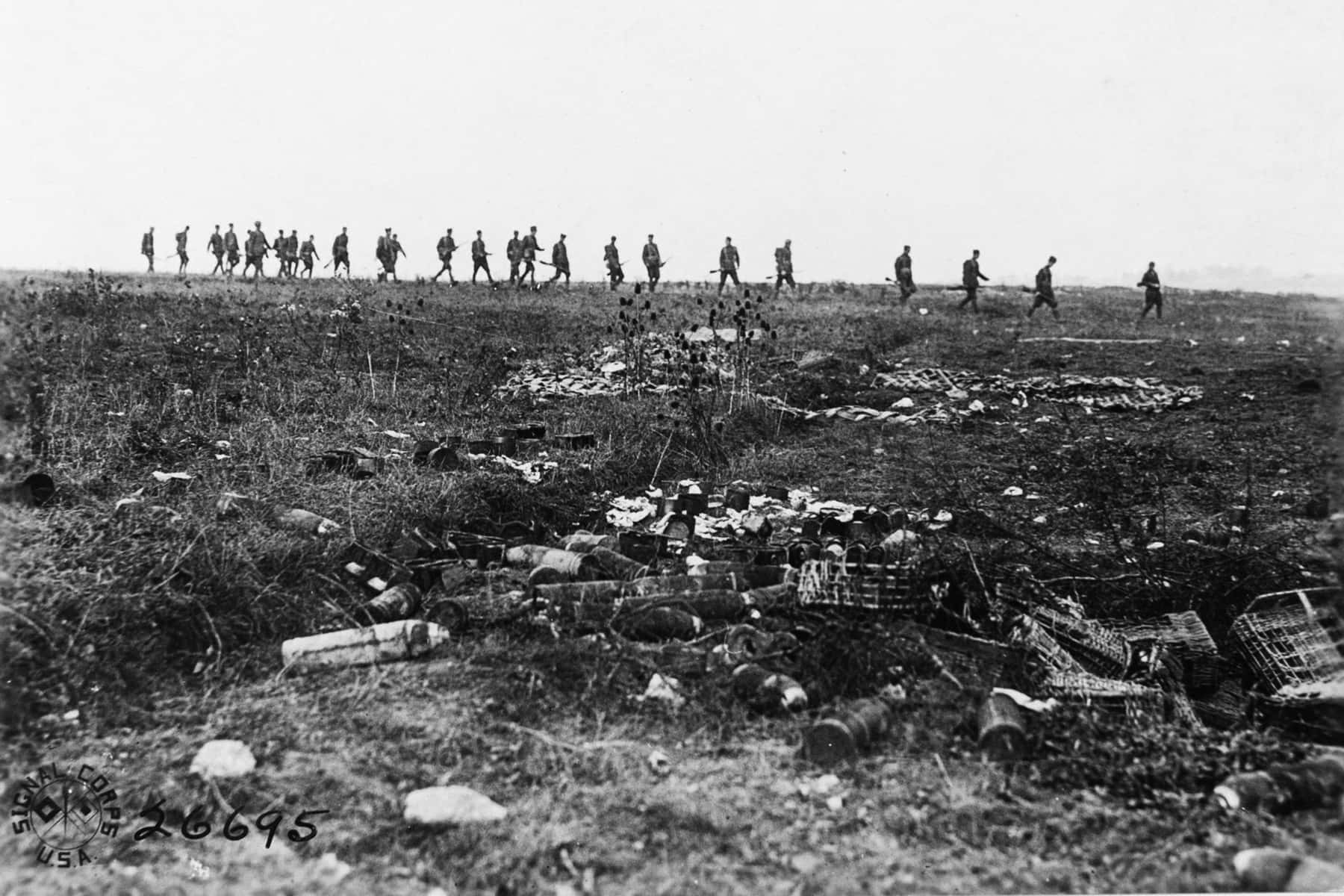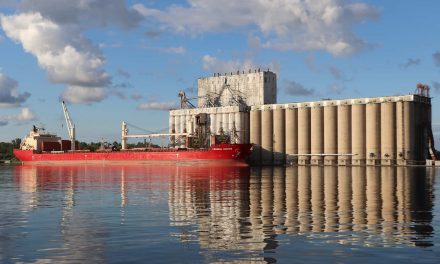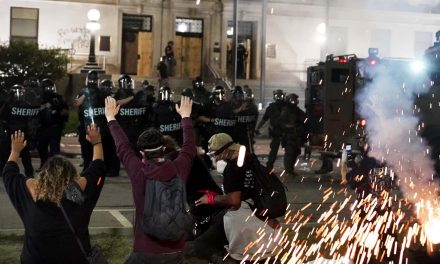
The Wisconsin National Guard traces its history to the days before Wisconsin had achieved statehood. Just as Wisconsin evolved and developed over the following decades, so did the Wisconsin National Guard as it transformed into something quite different from its humble origins.
Henry Dodge, governor of what was then the Wisconsin Territory — a swath of land consisting of all of current Wisconsin, Iowa and Minnesota, along with roughly two-thirds of North Dakota and one-third of South Dakota — commissioned Morgan L. Martin of Green Bay as a captain and the commander of the Green Bay Rangers, a volunteer company of mounted riflemen. Capt. Martin was commissioned on March 5, 1837, which today is considered the birthday of the Wisconsin National Guard.
Dodge, a veteran of the Black Hawk War of 1832, considered organizing and arming the militia “of great interest to the future peace of the people of the territory.” However, the Black Hawk War appears to be the last significant armed conflict with Native American communities in the Wisconsin region.
Dating back to Middle Ages England, the concept of local militias was a logical measure in lieu of a standing national army. The militia acts of 1792 and 1795 authorized the president to call militias to federal service, but did not satisfactorily answer the question of whether governors or presidents had ultimate authority. This led to volunteer regiments being raised for the War of 1812 as well as the Civil War.
But training, funding, equipment, purpose and who ultimately controlled the local militias would remain ongoing concerns until the 20th century.
In his 1939 Historical Sketch of the Wisconsin National Guard, Lt. Colonel Byron Beveridge wrote that Wisconsin had 52 militia companies comprised of 1,993 men prior to the Civil War. He described these organizations as “top heavy with generals.” Indeed, each of the 11 militia districts in the state were commanded by a major general, and each district had two brigades, each commanded by a brigadier general. That adds up to 33 general officers for a militia of less than 2,000 men.
Without a large standing Army to respond to the capture of Fort Sumter by rebel troops in April 1861, President Abraham Lincoln initially called on the states to provide up to 75,000 militia Soldiers to suppress the rebellion. Wisconsin Governor Alexander Randall asked “all patriotic citizens” to organize themselves into militia companies for service in defending the Union.
From 1861 to 1865, more than 91,000 Wisconsin residents served in 50 infantry regiments, one cavalry regiment and eight artillery batteries. Wisconsin militia units took part in 16 campaigns. Three Wisconsin regiments were part of the legendary “Iron Brigade” which gained national recognition for its actions during the Battle of Antietam and the Battle of Gettysburg.
Beginning in 1879, Wisconsin referred to its militia as the Wisconsin National Guard. An increased emphasis on training began in the 1880s, along with state funding for Soldiers, equipment and a military encampment site. Nearly 5,400 Wisconsin National Guard Soldiers volunteered for the Spanish-American War, and in July 1898 the 1st and 2nd Wisconsin Volunteer Infantry Regiments sailed for Puerto Rico, where they participated in several small skirmishes against Spanish forces.
The following year the state legislature reorganized the Wisconsin National Guard so that the size, composition and rank structure of its regiments mirrored those of the Regular Army. But in spite of its best efforts, the Wisconsin National Guard was still separate and not equal to the Regular Army.
The Militia Act of 1903 was the beginning of the modern transformation of National Guard organizations across the country. Federal funding was provided for training, and National Guard units were authorized to receive the same training as their active Army counterparts. In exchange, the federal government gained more control over the National Guard, including giving the president the authority to call the National Guard to federal service for up to nine months.
The National Defense Act of 1916 went further, increasing the number of federally funded training days and allowing National Guard units to be drafted into federal service. Up to this point the National Guard could not serve outside of the country, so Guard units that were drafted were considered federal units.
Within weeks of the National Defense Act of 1916 becoming law, the National Guard from every state was mobilized for service along the Mexican border. A year later, the National Guard would be called into federal service for World War I. Just over two decades later, the National Guard was again summoned into federal service for World War II. The Wisconsin National Guard and part of the Michigan National Guard formed the 32nd Division, which performed admirably in both world wars.
In 1947, the Wisconsin Air National Guard began service with a fighter squadron in Milwaukee, the precursor of today’s 128th Air Refueling Wing. Wisconsin Air National Guard fighter pilots would serve in the Korean War, and one such pilot — 1st Lt. Jerome Volk — would lose his life during a combat mission. Volk Field would soon bear his name.
The Wisconsin National Guard would serve in the Berlin Crisis, Operation Desert Shield/Desert Storm, the Global War on Terror and subsequent operations, as well as peacekeeping missions and other overseas deployments. The Wisconsin Air National Guard’s 115th Fighter Wing also has conducted an air sovereignty mission since 2001.
But in spite of its increased federal service, the Wisconsin National Guard retains its state mission. Along with activation for storm damage and civil unrest, Guard members have been engaged in its largest and most prolonged state mission supporting Wisconsin’s COVID-19 response, and serving as poll workers in four elections during the pandemic.
Since the Wisconsin National Guard’s last birthday, its Citizen Soldiers and Airmen have continued to conduct COVID-19 testing, administered COVID-19 vaccines to state residents, and helped staff healthcare facilities as nursing assistants while also mobilizing several times to assist with public safety efforts in Wisconsin cities. Hundreds more have mobilized or returned from deployments to the national capital region, Iraq, Kuwait, eastern Europe, and elsewhere around the globe.
Throughout its history, Wisconsin residents have demonstrated their willingness to put themselves in harm’s way to protect their state and their nation. Today their heritage is carried by the Wisconsin National Guard, a professional military organization that serves the governor of Wisconsin and, when needed, the president of the United States.
© Photo
U.S. Army Signal Corps














